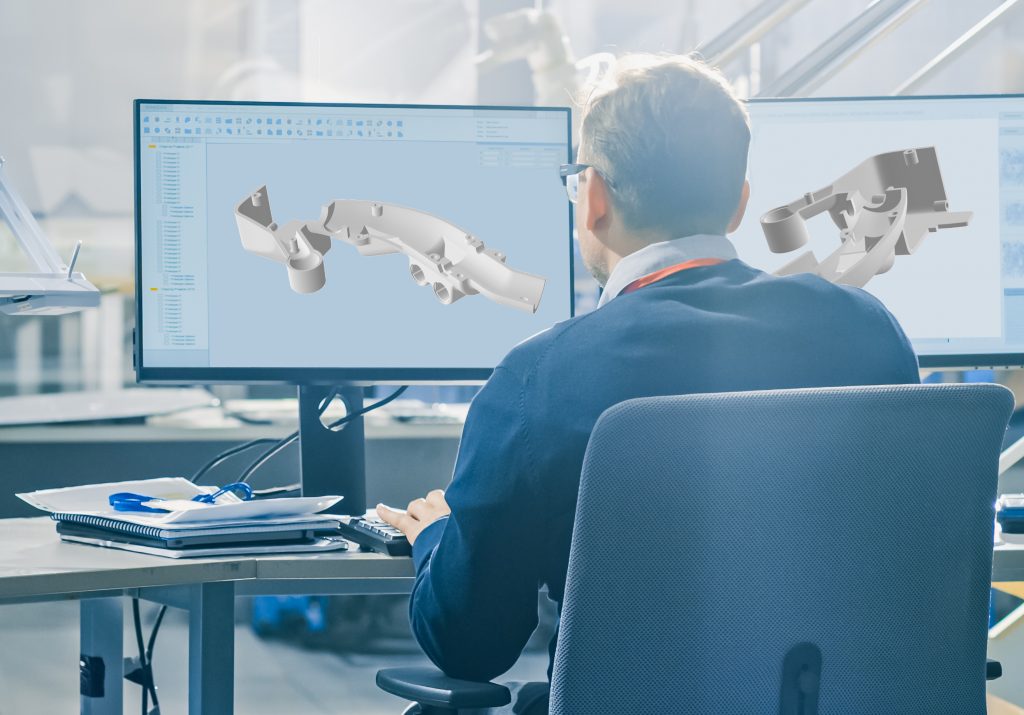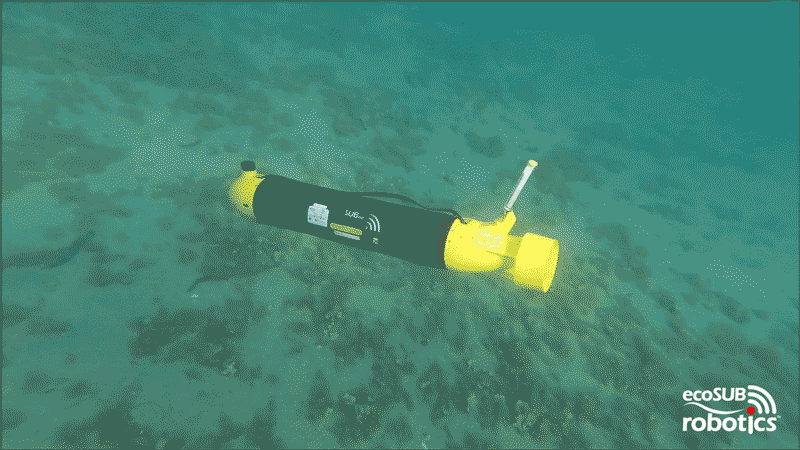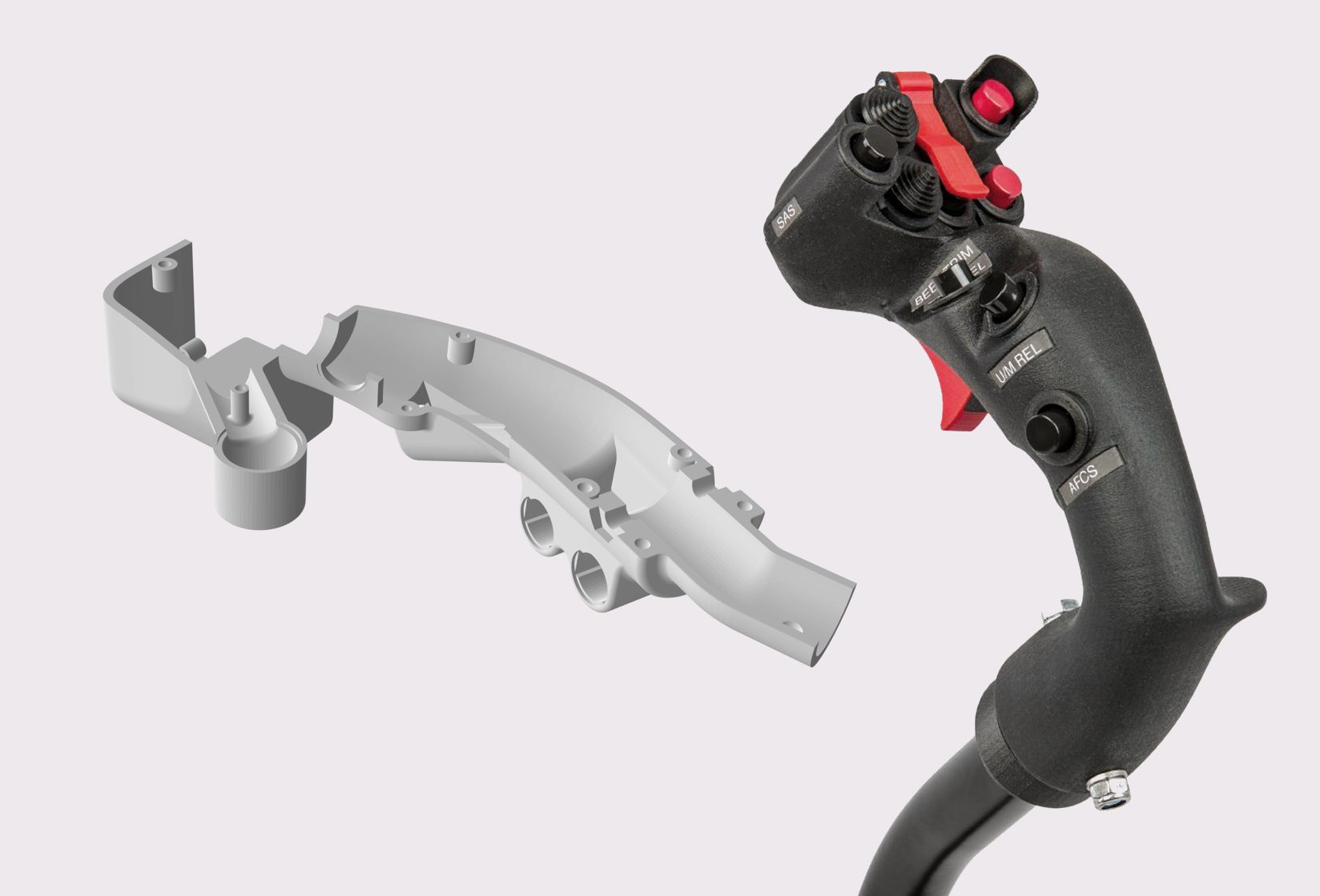A New Design Approach
By Nick Allen, Managing Director, 3DPRINTUK
Part 1 of this series provided a historical perspective of Additive Manufacturing / 3D printing, centered around the evolution of the technology and its impact on the product development process. Here in part 2, we will look at how 3D printing has evolved to the point where it can be considered as a serial production technology, how it has impacted the design process itself and consider the different design approach that is required for 3D printing compared with traditional manufacturing processes.
As design engineers and manufacturers assess the possibilities that exist for the use of industrial 3D printing to replace or, more likely, integrate with traditional manufacturing processes, there needs to be a quantum shift in the way that they approach the entire design to manufacturing process.
Necessarily this begins with re-evaluating product design, and the subject of design for additive manufacturing (DfAM) has become a fertile area for discussion and debate. Indeed, DfAM is a key factor that can drive the uptake of AM as a production technology insomuch as it can leverage the key advantages of 3D printing.

Design for Additive Manufacturing
This issue centers around the fact that DfAM requires a very different approach compared with traditional design for manufacturing and assembly (DfM&A). The latter focuses on designing products in such a way that manufacturing and assembly costs and difficulties are reduced, while DfAM aims to capitalize upon the unique capabilities of AM to design and optimize a product or component, thereby promoting innovation. Key here is the utilization of the characteristics of AM to improve product functionality according to the capability of the AM process. This typically indicates that designers can tailor their designs to utilize the advantages of AM for complex geometries and light-weighting opportunities whilst taking the AM process limitations into consideration, to ensure the manufacturability of the product.
New flexibilities in design are a key benefit of 3D printing. However, it is not without its own restraints, which is why specific DfAM skills are essential to successful adoption. As with any manufacturing process, there are good designs and there are bad designs, and understanding this is essential for successful outcomes. For many design engineers and manufacturers, however, this is a leap into the unknown, and it can be a barrier to adoption.
But the rewards are there to be reaped.
Design Optimization
Whether for a new or a redesigned product or component, design optimization focuses on two key aspects:
- topology optimization — stronger and lighter parts, and
- part consolidation — reducing assemblies from multiple components to fewer or even a single part.
Both of these aspects are unique to AM, and cannot easily or cost-effectively be achieved with traditional manufacturing processes. Essentially, industrial 3D printing can produce components that are either impossible or too difficult / expensive to achieve using injection moulding, such as components that are hollow in certain areas or products that require an internal lattice structure. This is possible because 3D printing is an additive process, whereby material is added layer by layer and material density can be altered in predetermined areas of the part. Thus, not only can some areas be hollow, but other critical areas can be reinforced. This means that 3D printing is a key facilitator when it comes to light-weighting with increased strength and functionality.
Topology optimization is a methodology that uses software tools to optimize material distribution within a design. It is a powerful design technique that allows for the reduction of the weight of a product, by removing material where it is not required, while maintaining, sometimes even increasing the overall functional requirements of the part. This often results in complex geometries, something that only 3D printing as a manufacturing method can fulfil.
Part consolidation is another capability that the increased design freedom of 3D printing opens up by enabling the creation and production of complex internal geometries and complete complex products that incorporate the functionality of multiple components that cannot be made via conventional manufacturing technologies. While 3D printing processes are relatively agnostic to increased part complexity, it is important for design engineers and manufacturers to understand the limitations and capabilities of the particular AM process chosen for production, the system-level design intent, and the implications in terms of inspection, validation, and post-processing.
While it is generally accepted that part consolidation can improve structural performance when compared with conventional multi-piece assemblies, this may not always be the case. For example, 3D printed materials are directionally weakened, usually in the “build” direction, and this can compromise design intent and ultimate part functionality.
For manufacturers that are assessing the feasibility of the use of industrial 3D printing for manufacturing and production, there are various considerations that need to be addressed. Nobody is denying that it is a relatively steep learning curve when it comes to design and achieving optimal outcomes in respect of part functionality, cost savings, and time savings.
As a result, there are benefits for manufacturers in forming strategic partnerships with service providers that have the breadth and depth of knowledge of 3D printing that allow them to achieve project success. 3DPRINTUK is extremely well-positioned in the 3D printing sector as a company that has considerable expertise and experience to support clients in maximising the opportunities and avoiding the pitfalls for a wide range of 3D printing applications.
Some of our most recent case studies illustrate this point better than I can:

Parts of the ecoSUB were specifically designed to be 3D printed.
ecoSUB Robotics has benefitted from 3D printing through “understanding Design for AM and the management of the 3D printing process to maximise efficiencies and therefore reduce costs per part.” In addition, the company has benefitted from the ability to “customise designs for individual clients” enabled by the innate capability of 3D printing as a direct manufacturing process.
Komodo Simulations have developed realistic helicopter control systems for home Flight Sim Pilot and Professional Flight Simulators. These control systems are traditionally manufactured in many different parts, can be printed as a single part, which eliminates assembly and significantly reduces production costs. In addition, 3D printing allows for hollowed out internal parts and little to no limitation on the design of complex curved parts. The capability to produce high surface detail also means that textured grip surfaces can be included in the design.

Complex parts designed by Komodo Simulations, 3D printed by 3DPRINTUK
DfAM provided Kongsberg with new opportunities too. According to the company “By deciding to 3D print this pivotal part in a new design right from the word go, we were able to shrink the size, while integrating features and functionality that are simply not available through other manufacturing methods.”
For Brushtec, a worldclass designer and manufacturer of innovative brushwear, 3D printing has unlocked a new level of innovation and enabled the comoany to “design complex SLS parts and not be restricted by the limitation of standard machining.”
For design engineers, the use of AM enables them to look past the constraints that exist around traditional DfM and DfA. In so doing, there is much greater freedom of design in terms of complexity. Parts can be produced using 3D printing that are more ergonomic and which incorporate multiple parts and features which would be impossible or prohibitively expensive to achieve via the fabrication of highly complex tooling required for injection moulding.
The opportunities are endless, however, there are caveats. Of course. 3D printing for production applications does have its own constraints. In part 3 of this series, we will consider these in more detail and highlight how to work around them to ensure success.
